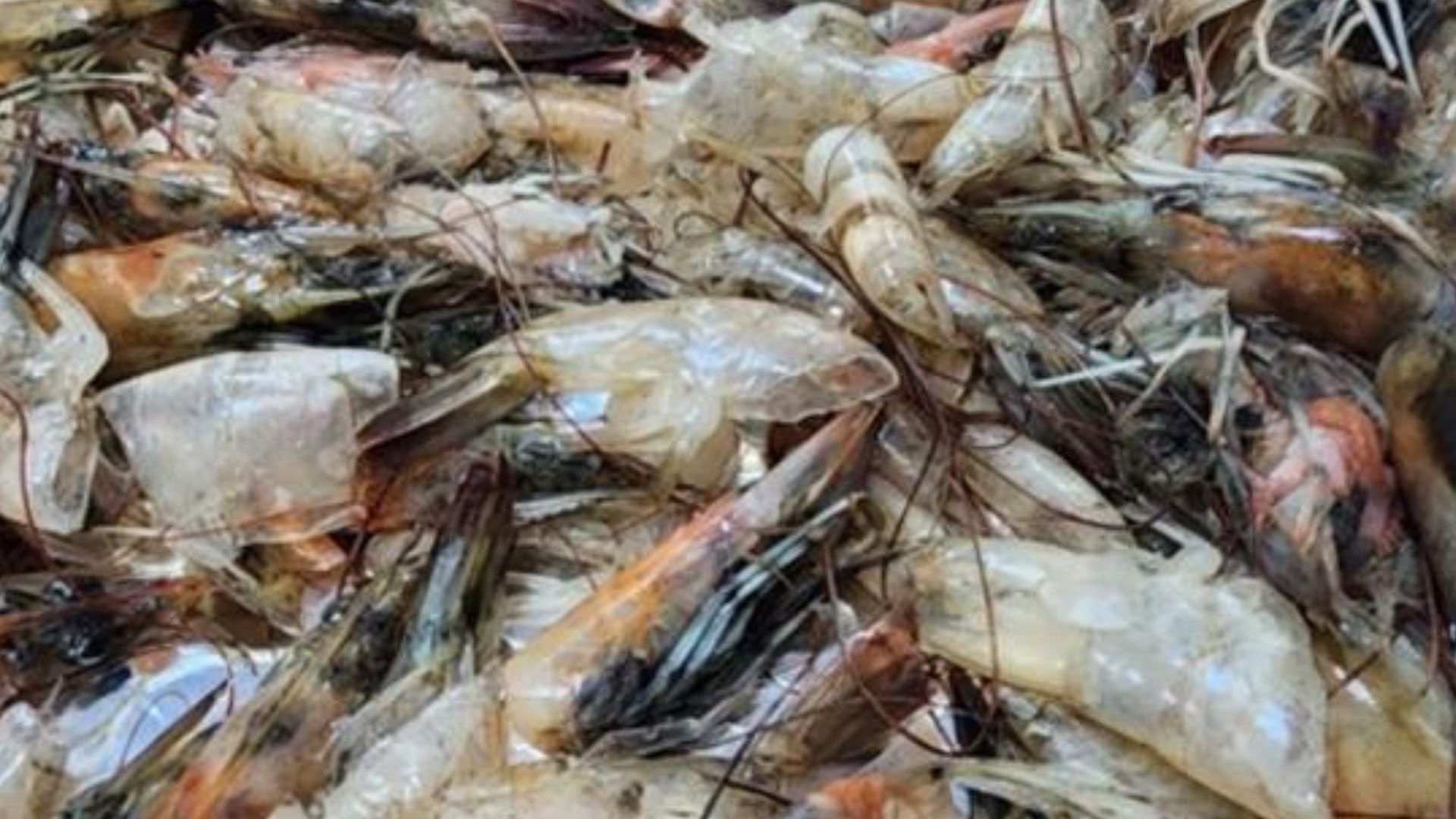Researchers at the University of Sharjah, UAE, have developed a new way to turn shrimp waste into a useful carbon material that can capture carbon dioxide.
This innovation offers a two-for-one solution, addressing waste management and helping to mitigate climate change.
The new waste-to-carbon technology taps into discarded shrimp parts like shells, heads, and guts. Through extensive processing, the waste is turned into activated carbon.
The researchers state that this material is highly effective at capturing CO₂, making it a strong option for industrial carbon capture.
“Our study turns shrimp waste into a high-performance carbon product. This addresses the environmental challenges posed by seafood waste and contributes to global efforts to reduce greenhouse gas emissions and climate change mitigation,” said Dr. Haif Al-Jomard, the lead researcher.
Extensive treatment process
The scale of the problem is significant. The global processing of shrimp, lobster, and crab shells produces up to eight million tons of waste annually, a large portion of which is discarded in landfills.
The research specifically focused on white shrimp shells and heads sourced from Souq Al Jubail in Sharjah, United Arab Emirates, with the shrimp originally coming from Oman.
Before being used in the process, the team ensured the waste was thoroughly cleaned and air-dried.
The press release detailed a multi-step process for converting shrimp waste into a powerful CO₂-capturing material.
First, shrimp waste undergoes pyrolysis, a high-temperature process that transforms it into biochar. This biochar is then put through a series of treatments, including acid treatment, chemical activation, and ball milling.
The extensive process results in a highly effective final product—activated carbon—that captures carbon dioxide and maintains its strong performance and stability over many use cycles.
“This approach offers a cost-effective route to producing activated carbon, turning a problematic waste stream into a high-performance, efficient, and environmentally friendly product with wide-ranging applications,” said Professor Chaouki Ghenai, co-author and expert in Sustainable and Renewable Energy at the University of Sharjah.
Various uses of material
The applications for activated carbon made from shrimp waste extend beyond just capturing carbon.
The material could be used for purifying air and water, recovering solvents, extracting gold, and even for certain medical uses.
Within the carbon capture, utilization, and storage (CCUS) field, the material is particularly promising for adoption by major industries like power generation, cement and steel manufacturing, and petrochemicals.
This approach, the researchers explain, is a perfect example of a circular economy.
It improves resource efficiency and waste valorization by cutting down on consumption and transforming what would be waste into a highly useful resource.
“Our findings validate a scalable and sustainable strategy for shrimp waste valorization,” the team noted in the press release.
“The combined thermal, chemical, and mechanical treatments of shrimp waste enhance both the textural and chemical properties of the final activated carbon material, making it a viable solution for climate change mitigation,” it added.
Adopting it could be important in reducing greenhouse gases and mitigating climate change.
The findings were published in the journal Nanoscale.
